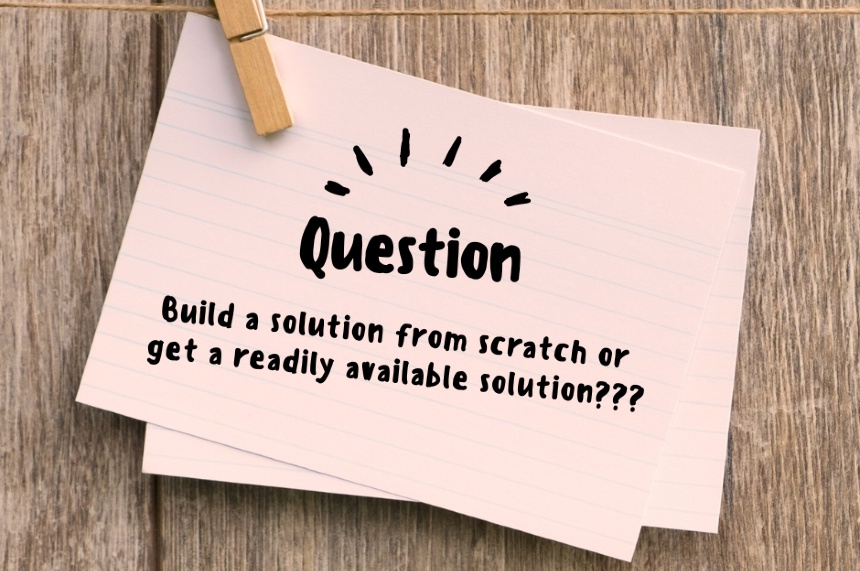Negotiating a Procurement
Business | December 16, 2022 | By
2015 is a year that will be known for why negotiation is a sign of human evolution. Back then, the United Nations Framework Convention on Climate Change (UNFCCC) reached a consensus on a much anticipated agreement at the 21st Conference of the Parties (COP21) in Paris. This agreement, known as the Paris Agreement, was the first time that all countries in the world agreed to take action to combat climate change. The negotiations leading up to the agreement were complex and difficult, involving more than 190 countries with different interests and priorities. However, through a combination of diplomacy, compromise, and collaboration, the countries were able to reach an agreement that set ambitious goals for reducing greenhouse gas emissions and limiting global warming. This was a major achievement and a testament to the power of negotiation to bring about positive change.
 Negotiation, by definition, is the process in which two or more parties attempt to reach an agreement on a course of action by exchanging ideas, information, and proposals. The aim of the exercise and the undertaking of the process is to find a solution that is acceptable to all parties involved, amicably. Negotiation is a part of everyday life and is used in many different situations, including business, politics, and even interpersonal relationships. During a negotiation, each party tries to persuade the other party to accept their point of view, while also taking into account the other party’s needs and interests. Effective negotiation involves good communication, problem-solving skills, and the ability to compromise.
Negotiation, by definition, is the process in which two or more parties attempt to reach an agreement on a course of action by exchanging ideas, information, and proposals. The aim of the exercise and the undertaking of the process is to find a solution that is acceptable to all parties involved, amicably. Negotiation is a part of everyday life and is used in many different situations, including business, politics, and even interpersonal relationships. During a negotiation, each party tries to persuade the other party to accept their point of view, while also taking into account the other party’s needs and interests. Effective negotiation involves good communication, problem-solving skills, and the ability to compromise.
For manufacturing companies, negotiation is part of their life cycle. They have to negotiate with multiple parties, on a slew of topics to ensure that they are running without a hitch. On the one hand, they need to negotiate with suppliers to get the best prices for raw materials and other inputs. On the other hand, they also need to negotiate with customers to agree on prices and delivery dates for finished products. In addition, manufacturers may need to negotiate with labor unions and other stakeholders to resolve disputes and ensure smooth operations. Effective negotiation can help manufacturing companies save money, reduce risks, and build strong relationships with key partners.
In a product manufacturing lifecycle, procurement takes care of acquiring goods and services. And negotiation is the only way to get the best possible terms, and prices, for these purchases. Negotiation is an important part of the procurement process. During a negotiation, the procurement team will work with the supplier to agree on a price, delivery schedule, and other details of the purchase. This can helps the organization get the best value for its money and ensure that it receives the goods and services it needs in a timely manner. Effective negotiation in procurement can help an organization save money, improve its operations, and build strong relationships with its suppliers.
Here are some tips to help procurement teams negotiate more effectively:
-
-
- Start by clearly defining your goals and objectives. This will help you focus on what you want to achieve and make it easier to determine what concessions you are willing to make.
- Research the supplier and their interests. This will help you understand their perspective and come up with proposals that are more likely to be acceptable to them.
- Communicate openly and honestly. Be clear about your position and listen carefully to the supplier’s point of view.
- Be willing to compromise. In most negotiations, neither party will get everything they want. Try to find a solution that meets the needs of both parties as much as possible.
- Use a win-win approach. Instead of trying to “win” the negotiation at the supplier’s expense, focus on finding a solution that benefits both parties.
- Be prepared to walk away from the negotiation if necessary. If the supplier is not willing to come to an agreement that meets your needs, it may be better to end the negotiation and look for other suppliers.
-
Digital tools and technologies can help procurement teams negotiate more effectively in several ways. For example, digital platforms can be used to automate and streamline the negotiation process, making it faster and more efficient. Digital tools can also be used to gather and analyze data, which can help procurement teams understand the market, make more informed decisions, and develop more compelling proposals. In addition, digital technologies can help procurement teams communicate more effectively with suppliers and other stakeholders, which can facilitate collaboration and build stronger relationships. Overall, the use of digital tools and technologies in procurement can help teams negotiate more effectively and get the best possible terms for their purchases.
If you have been thinking you need to streamline and improve your Procurement teams’ comms and negotiation with your Procurement teams need to be streamlined, you need Zumen. Zumen is a comprehensive Source-to-Pay software tailor-made for procurement teams. It can handle complex sourcing processes, facilitate seamless information flow between the supplier and buyer, and provide visibility to all stakeholders involved. By using such procurement software, you can capitalize on savings and deliver value. To know more about how Zumen solves direct procurement challenges, feel free to reach out here.
















